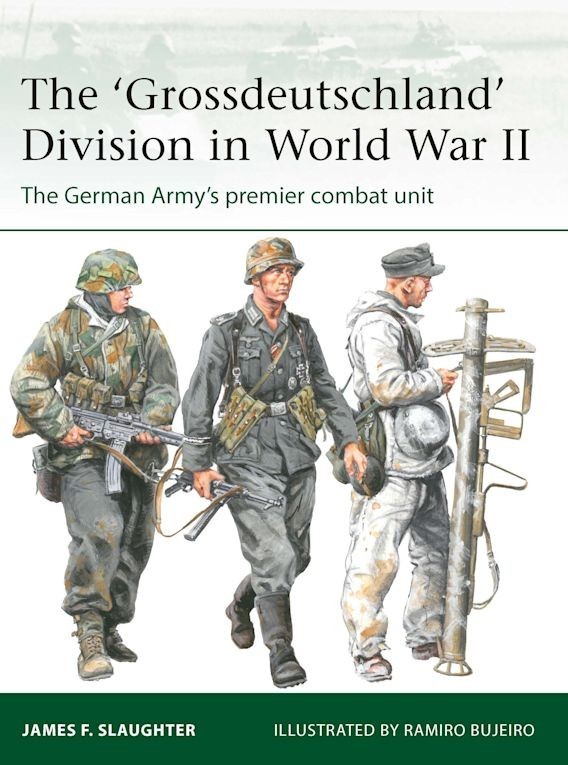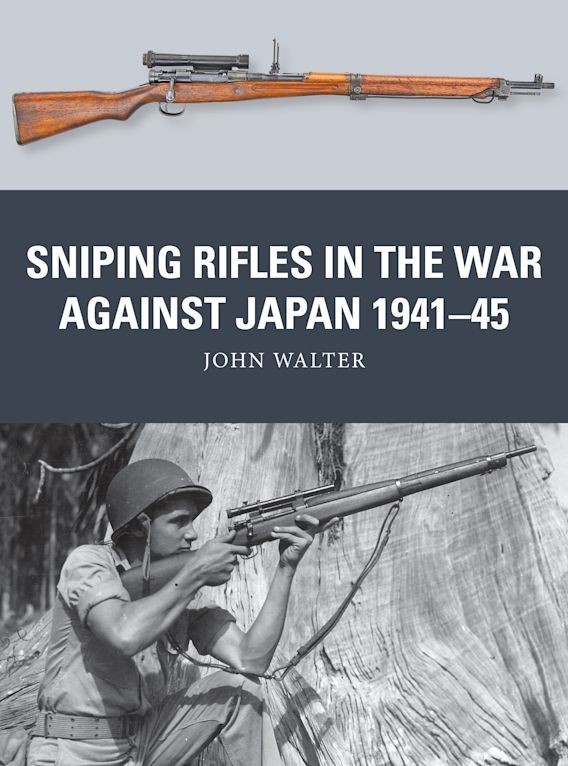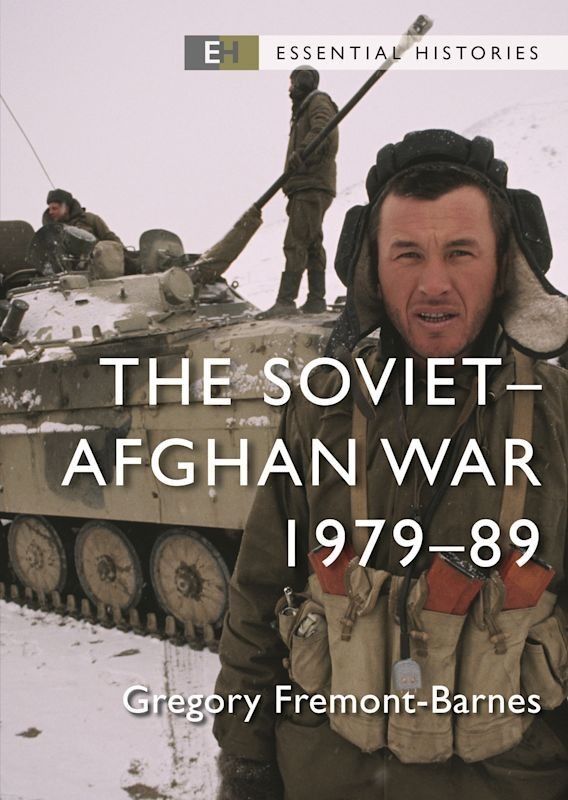
Featuring eight pages of original artwork and carefully chosen photographs depicting personalities, uniforms, insignia and personal equipment, this is the absorbing story of the German Army's elite 'fire brigade' during 1939–45. The unit began its life as an elite guard detachment; expanded to regimental size in 1939, it saw action in France in 1940 and Yugoslavia in 1941 before participating in the Axis invasion of the Soviet Union.
Reinforced to divisional status, 'Grossdeutschland' fought on the Eastern Front in 1942–44, notably at Rzhev in late 1942 and Kharkov in early 1943. Refitted and redesignated a Panzergrenadier-Division, 'Grossdeutschland' played a key role in the battle of Kursk in July 1943, before acting as the Wehrmacht's 'fire brigade' in 1943–44.
In late 1944, 'Grossdeutschland' was expanded to Panzerkorps status, with Panzergrenadier-Division 'Brandenburg' also taking the field. Further units joined the order of battle, the Führerbegleit-Brigade fighting in the Ardennes in 1944–45 before also being redesignated a division. All of these campaigns are covered in this book, which charts the evolving appearance of this elite formation over nearly six years of brutal warfare.

During World War II, both the Japanese and their Allied opponents made widespread use of snipers armed with a variety of rifles, scopes and accessories and prepared by widely differing levels of training and tactical doctrine. The challenges of fighting in a variety of harsh environments, from the Pacific islands to the vast expanses of China, prompted improvisation and innovation on both sides in the ongoing war between snipers and their adversaries. Often operating at relatively close ranges in restrictive terrain, snipers made particularly ingenious use of camouflage and deception as the fighting spread across Asia and the Pacific in the wake of the Pearl Harbor attack, while troops tasked with countering enemy marksmen had to learn the hard way how best to defeat a seemingly invisible enemy.
Small arms expert John Walter considers the strengths and limitations of the rifles, scopes and accessories deployed by Japanese snipers and their Allied counterparts, as well as their different approaches to sniping tactics and training. Specially commissioned artwork and carefully chosen photographs illustrate this enthralling study of the sniping war in Asia and the Pacific during World War II.

The Soviet invasion of its neighbour Afghanistan in December 1979 sparked a nine-year conflict until Soviet forces withdrew in 1988–89, dooming the communist Afghanistan government to defeat at the hands of the mujahideen, the Afghan popular resistance backed by the USA and other powers. Gregory Fremont-Barnes reveals how the Soviet invasion had enormous implications on the global stage; it prompted the US Senate to refuse to ratify the hard-won SALT II arms-limitation treaty, and the USA and 64 other countries boycotted the 1980 Moscow Summer Olympics. For Afghanistan, the invasion served to prolong the interminable civil war that pitted central government against the regions and faction against faction.
Updated and revised for the new edition, with full-colour maps and new images throughout, this succinct account explains the origins, events and consequences of the Soviet intervention in Afghanistan, shedding new light on the more recent history – and prospects – of that troubled country.



























